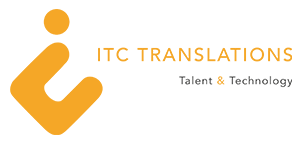Croatian (Hrvatski) is a language mainly spoken in Croatia, Bosnia and Herzegovina, and the Serbian province of Vojvodina. Since this language shares many grammatical characteristics and much of its vocabulary with Serbian, foreigners tend to refer to these two languages as one Serbo-Croatian language. However, Croatian linguists strongly advocate that the two variants are independent linguistic entities, representing a unique cultural symbol for their respective nations.
The base structure of Croatian, its alphabet, consists of 30 letters. Some letters are actually digrams, such as dž, lj and nj. There are also letters using diacritics, such as č, ć and š. These have been modeled on the Polish and Czech alphabets. In addition, Croatian uses seven cases for the declension of nouns, pronouns and adjectives: nominative, genitive, dative, accusative, vocal, locative and instrumental. This language also uses three genders (masculine, feminine and neuter) and two grammatical numbers (singular and plural).
In Croatian, verbs are divided into two broad categories, depending on whether they describe an action that has been completed or is in progress. Although the basic syntax in Croatian is subject – verb – object, the rules are not as strict as in other languages, and deviations from the norm are often possible. Finally, the basic standard stress applied in standard Croatian is that of the Shtokavian dialect.












